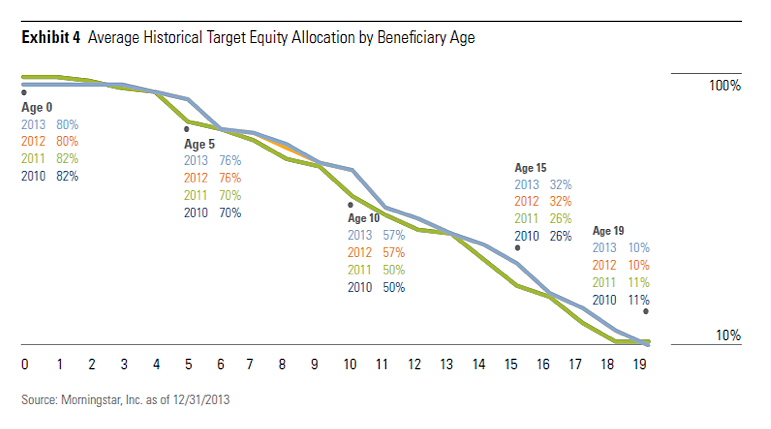 Contributed by: Nick Defenthaler, CFP®
Contributed by: Nick Defenthaler, CFP®
More than 75 million millennials born between 1981 and 1997 are set to take over an estimated $30 trillion in wealth from baby boomers (source – AARP). No, that is not a typo - $30 TRILLION dollars. Personally, I’ve had several circumstances arise in the past several years where friends in their mid 30s have lost parents. For someone in a similar age group as the folks that have experienced this loss, it scares the heck out of me. I’m getting to that stage in life where it’s not beyond uncommon for a child to lose a parent. That’s a pretty big reality check to digest.
Although it can be tough to even think about, it’s a reality. More and more people who are in their 30s who are busy building a family, career and overall great life, will inherit a level of wealth that previously seemed unfathomable. Recently, a friend reached out to me after his father passed and left him $1,000,000 in retirement assets and life insurance proceeds. He was overwhelmed and had no idea what to do next (thus the title of this blog!). He was a teacher and his wife was in IT. Needless to say, navigating the investments, required distributions and tax rules (just to name a few) associated with his inheritance was extremely stressful. The stress caused a state of paralysis in making any decisions with the dollars out of fear of stepping on any unintended land mines or making the wrong move with the dollars. The more we talked, it was clear that now was time for them to have a professional partner in their life who they knew was qualified but more importantly, fully trusted to provide recommendations that made the most sense for their own personal situation and goals.
My friends decided to hire me as their planner and we were able to provide advice and value not only on the planning items directly associated with their inheritance, but also in the areas that were more near term and important to them (student loan payoff strategies, discussing how to pay for child care expenses tax efficiently, helping them through the process of purchasing their first home and drafting their estate plan – just to name a few). After 6 short months of working together, we got to place where the most time sensitive issues were addressed and we had developed a financial action plan to review annually and keep them moving in the right direction. Of course, we plan to meet at least once a year to address other life events that come up and work towards the goals they’ve set as a family.
Financial planning doesn’t always have to be associated with retirement. Helping clients through significant life events and providing advice beyond the dollars and cents is an environment in which our team thrives. Don’t feel paralyzed. Please feel to reach out if you’re in a similar position and need a professional to help guide you through these tough conversations and complicated matters.
Nick Defenthaler, CFP® is a CERTIFIED FINANCIAL PLANNER™ at Center for Financial Planning, Inc.® Nick works closely with Center clients and is also the Director of The Center’s Financial Planning Department. He is also a frequent contributor to the firm’s blogs and educational webinars.
















